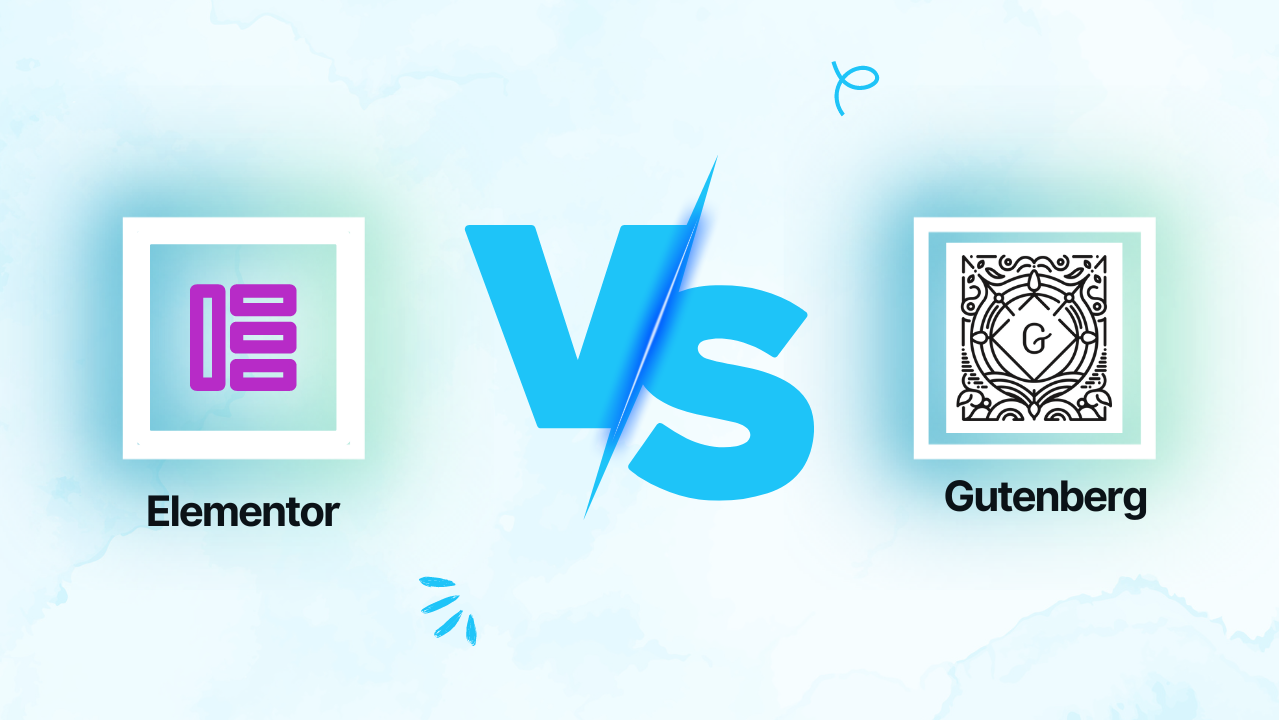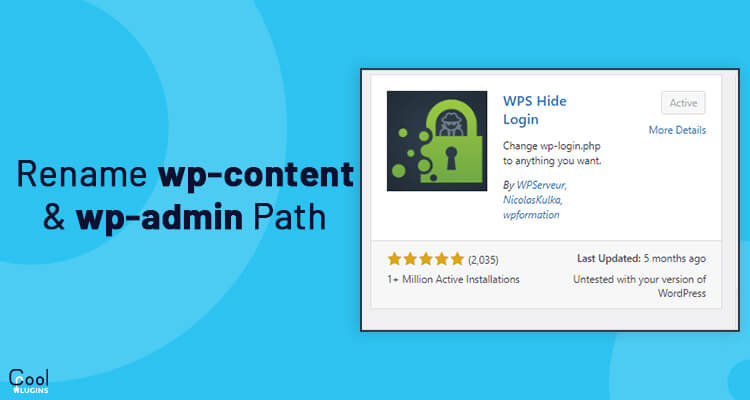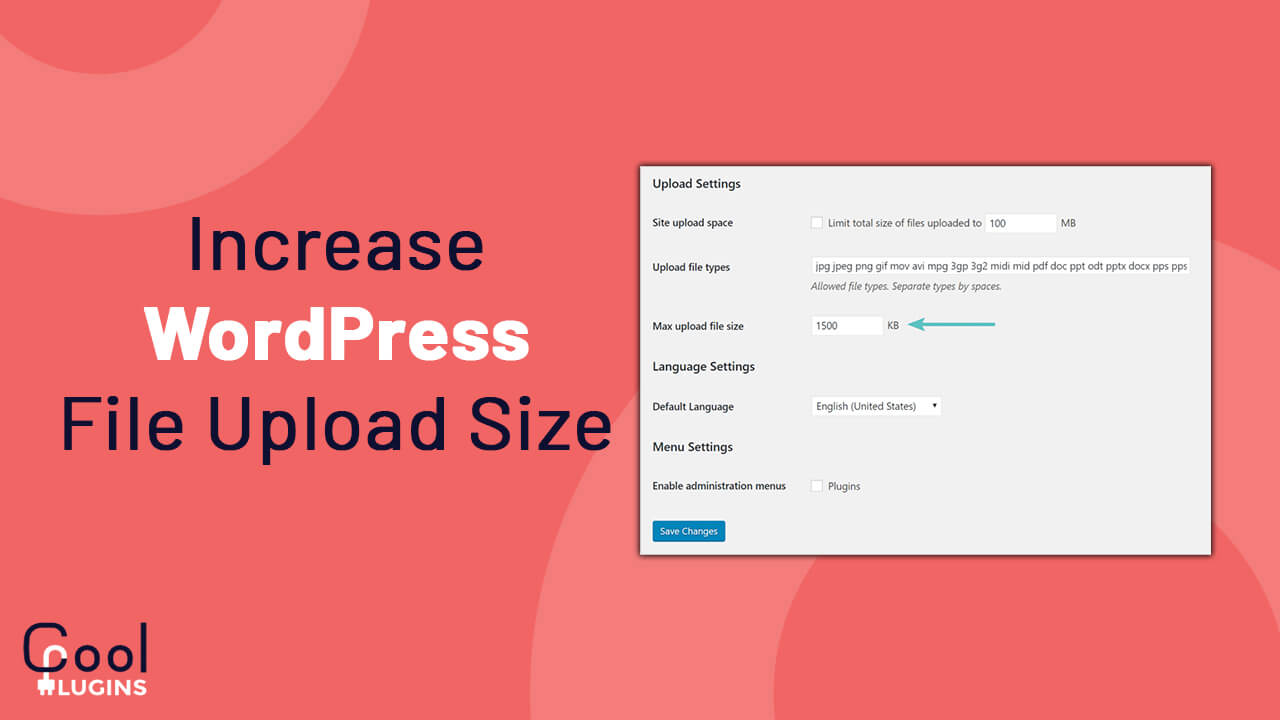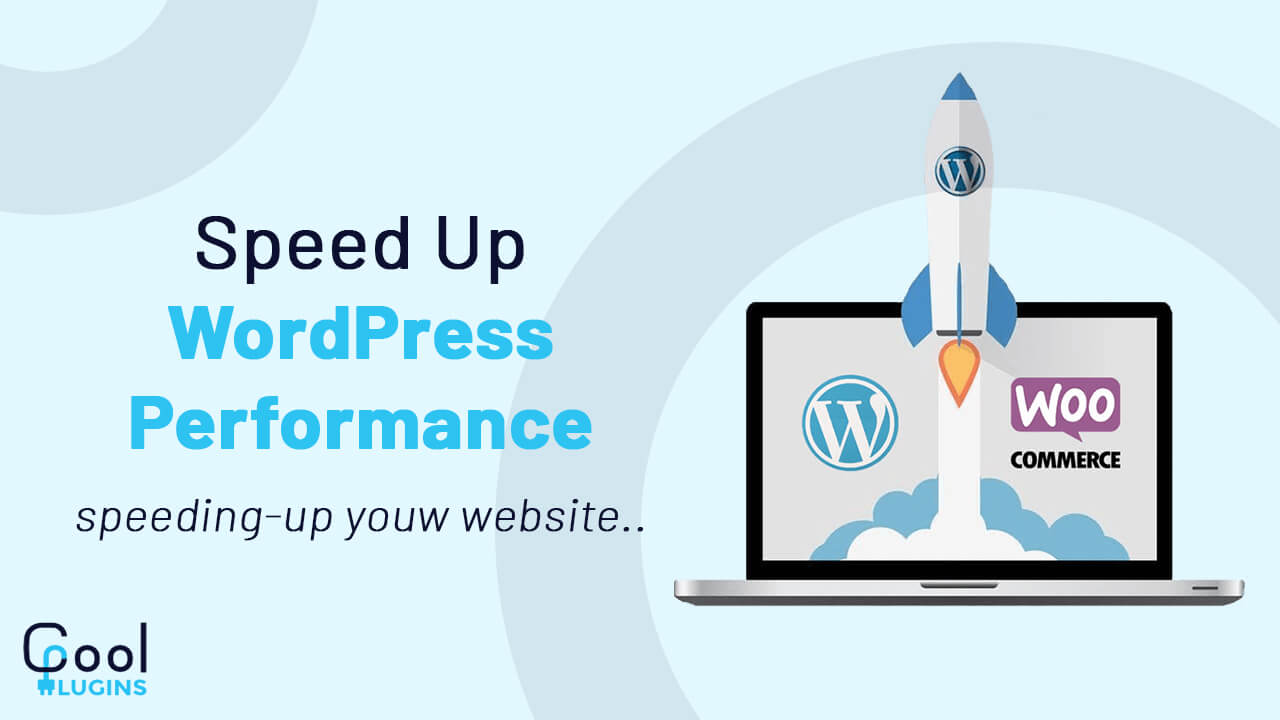Elementor and Gutenberg are popular tools for creating web pages, but they work differently. If you’re trying to decide which one to use, this post will help you understand the key differences. In this article, you will learn what makes each tool unique and will help you choose the best one for your needs.
What is Elementor and Gutenberg?
Elementor is a drag-and-drop page builder plugin that offers extensive design flexibility with a visual interface. It allows users to create page layouts with widgets, templates, and layout options.

Gutenberg, on the other hand, is the default block editor for WordPress, which was introduced in version 5.0. It replaces the classic editor with a block-based approach, where each block can be easily moved and customized. While it doesn’t offer the same advanced design features as Elementor, it seamlessly integrates with WordPress and is constantly being improved.

Cost Comparison
Cost is another important factor to consider when choosing between Elementor and Gutenberg.
Elementor’s free version offers limited features, but to unlock its full potential, users need to purchase Elementor Pro. The Pro version comes with additional widgets, templates, and advanced features like the Theme Builder, with pricing starting at around $59 per year for a single site.
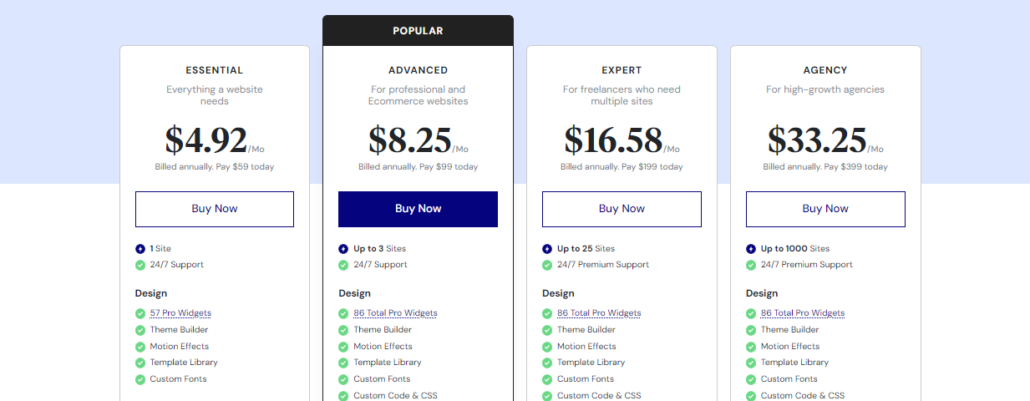
Gutenberg, being the default editor in WordPress, is completely free to use. It doesn’t require any additional purchases unless you choose to enhance it with premium block plugins or themes. For those who prefer not to invest in a page builder, Gutenberg offers a cost-effective solution.
Ease of Use and User Interface
When it comes to ease of use, Elementor is often praised for its simple drag-and-drop interface. Users can see changes in real time, making it easy to design and refine pages without needing any coding knowledge. The interface is user-friendly, with a clear toolbar and straightforward navigation.
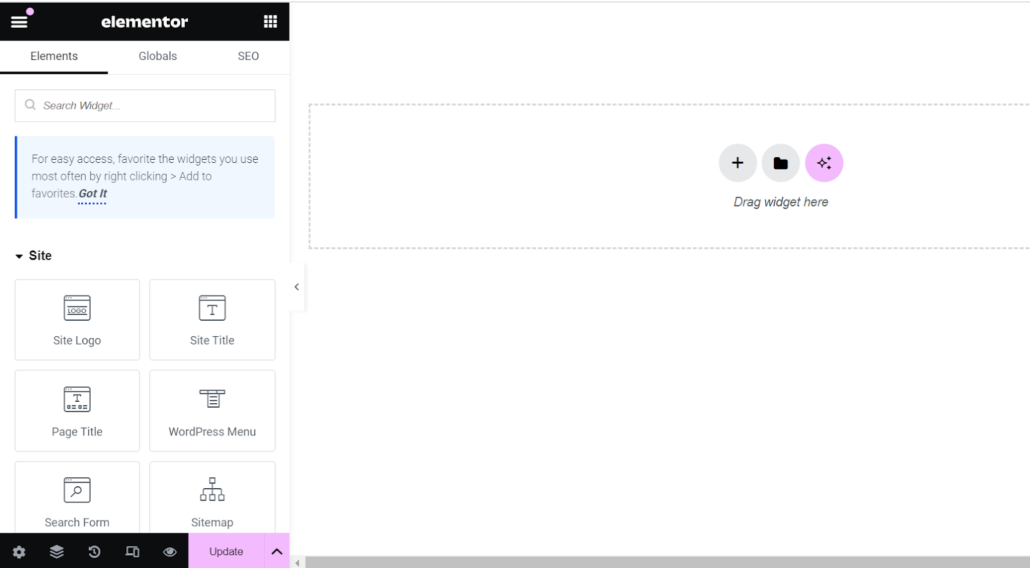
Gutenberg also aims to be user-friendly but has a different approach. The block editor is relatively easy to use for new users, but those who are familiar with the classic editor might take some time to adjust. The learning phase can be longer, but once familiar, users appreciate the flexibility it offers in organizing content.
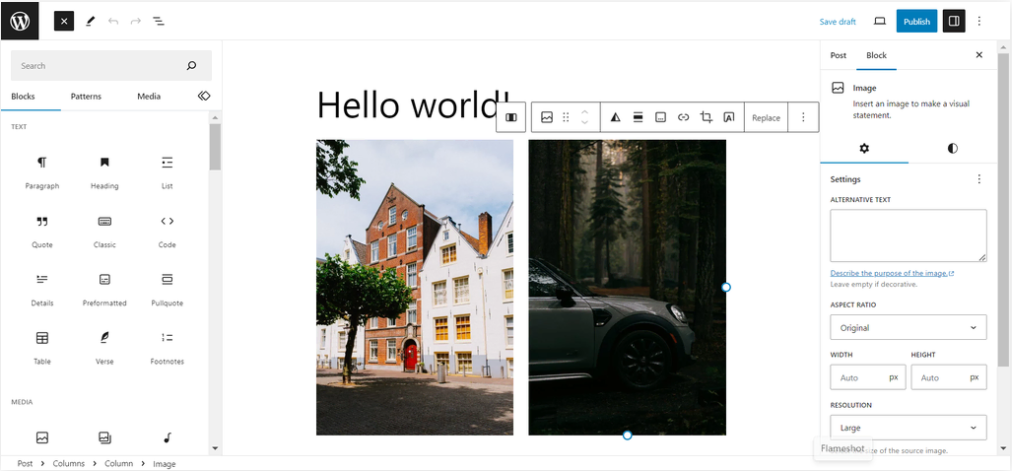
Flexibility and Customization Options
Elementor excels in flexibility and customization. It offers a wide range of design elements, widgets, and templates. Users can create custom layouts, apply advanced styling, and even add animations and dynamic content. The Pro version expands these capabilities further with additional widgets and features like the Theme Builder and WooCommerce Builder.
Gutenberg provides a more basic level of customization compared to Elementor. It includes a variety of blocks for different content types, such as text, images, galleries, and embeds. While it might not offer the same design details as Elementor, it supports third-party block plugins to enhance its functionality. This makes it a good choice for those looking for a simpler, more streamlined editing experience.
Performance and Site Speed
Performance is a crucial factor when choosing a page builder. Elementor can potentially slow down a website if too many elements and heavy customizations are used, especially in shared hosting environments. However, with proper optimization, such as efficient use of widgets, it can perform well.
Gutenberg is known for its lightweight nature, as it is built into the WordPress core. It tends to have less impact on site speed compared to third-party plugins like Elementor. This can be particularly beneficial for maintaining fast loading times and optimizing overall site performance.
Choosing Between Elementor and Gutenberg: Which One Is Right For You?
The choice between Elementor and Gutenberg ultimately depends on your specific needs and preferences. If you require design flexibility, advanced styling options, and a visual drag-and-drop interface, Elementor might be the better option. It is particularly suited for users who want to create complex layouts or run an online store with WooCommerce.
On the other hand, if you prefer a simpler, more integrated solution that prioritizes performance and ease of use, Gutenberg could be the right choice. It is ideal for users who are comfortable with the block editor approach and do not need the extensive design features that Elementor offers. Additionally, since Gutenberg is built into WordPress, it ensures compatibility and future-proofing as WordPress evolves.
Whether you choose Elementor or Gutenberg, both tools can help you to create a beautiful and functional website. Consider all your website requirements and then choose accordingly.

